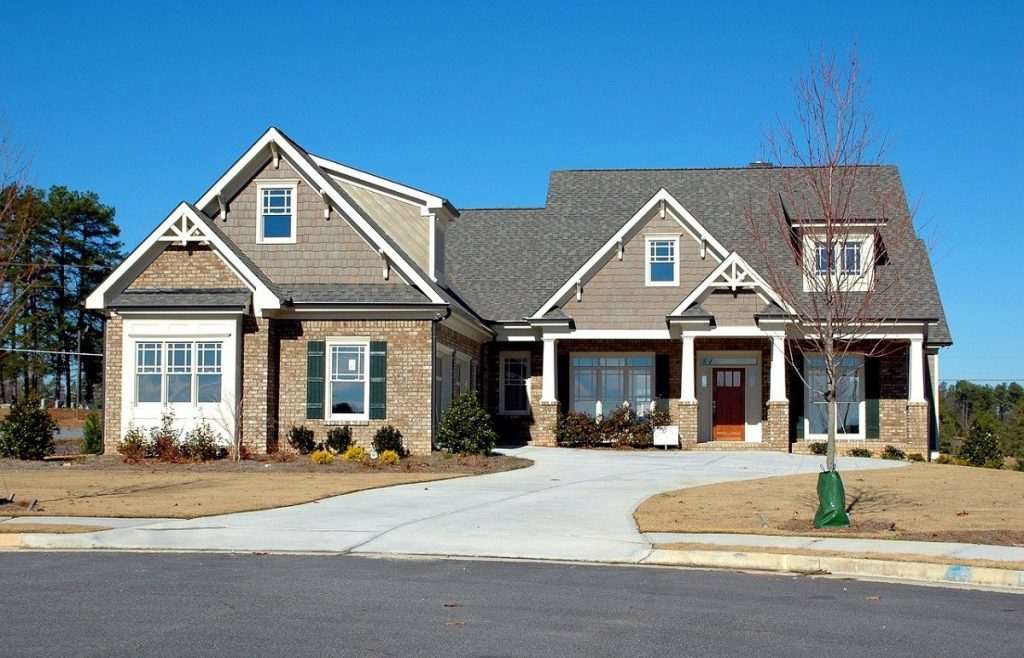A garage conversion can add up to 20% to the value of your home. But even if you don’t plan to sell your abode anytime soon, converting your garage into an additional living space still has its benefits. First off, the pandemic forced all of us to extend the spaces of our homes. If you’re now working from home like most people but don’t have a home office yet, your garage may be the perfect space for that.
Also, since we’re now spending most of our time at home, you need more room for your new hobbies. Whether that’s video gaming, exercising, or a creative endeavor, it could definitely use a dedicated space.
But if converting your garage will cost you your only parking space, the project may result in more inconvenience than the opposite. In this scenario, you may prep the space for conversion instead, not change it outright. Your automobile can stay parked inside, but a few nifty hacks will allow the space to serve an entirely different purpose anytime.
If you have a two-car garage, you may convert one side, retain the other as a parking space, and buy a sturdy 2-post car lift for your second auto. As for the rest of the hacks, look no further:
1. Decide on a Budget
The typical costs of a garage conversion range from $6,000 to $19,000. But since you’re not exactly converting your garage, only making it more versatile and ready for a full transformation, you won’t be spending as much. Instead, you’d only change its flooring (if it’s already due for a replacement), improve its insulation, and install electrical and plumbing systems.
For flooring options, new tiles or hardwood flooring aren’t necessary. If the existing floors are of good quality, you can paint over them to restore their pristine condition. If you’re thinking of converting the space into a home office soon, consider carpet. A specific type of carpet flooring is designed to hold up to the heavy wear a garage endures. It resists staining from petroleum products, and a pressure washer can remove any stubborn dirt. What’s more, it’s a peel-and-stick type that comes in squares, so it’s easy to install.
As for the insulation, you may spend $1 per square foot of the wall and floor. Electrical wiring may cost you $50 to $100 per hour, and plumbing fixtures $300 to $1,800 overall. Add up those potential costs to come up with a final budget range.
2. Treat the Concrete
If your garage has concrete floors, painting over them won’t be enough to make the entire space conversion-ready. Instead, apply a layer of concrete sealer first; it will add a slight sheen on the surface and make the stains less noticeable.
After that, consider adding a layer of concrete stain. It’s a good option to turn the garage into a bedroom, extra living space, or studio in the future. Stained concrete floors are appealing and longer-lasting than paint.

3. Build Space-saving Storage and Furniture
Most garages’ storage units leave tools exposed. If you want the space to be more versatile, you need to establish some semblance of organization. And exposed tools hardly set the ambiance for makeshift living space — unless you’re fine with the extreme utilitarian look.
Luckily, it’s easy as pie to build new storage units that’ll also save some space in your garage. Need additional seating? Build a compact folding workbench with a storage compartment underneath. It’s basically a cross between an ottoman and a shoe cabinet. It will allow you to keep your tools unseen while providing comfortable seating. That bench can accommodate your guests if you decide to convert your garage into a bar or living room in the future.
4. Use the High Spaces
To make your garage instantly available as a living room or any other space, consider storing all your tools in the high spaces. Install cabinetry on the high walls, like kitchen cabinets. That way, you no longer need to move stuff, except your car, when you need to use your garage for a different purpose. Just take out your auto, sweep the floors, and the space is ready.
5. Add Outdoor Storage
If there’s not enough room for extra storage in your garage, use your outdoor space. Keep all your tools in there so that only your car occupies your garage. When you need your garage to serve another function, move out your car and get going with your business. No fuss!
Getting your garage conversion-ready turns out to be incredibly easy. You’d only have a harder time if the space is poorly maintained. So before starting this project, catch up with maintenance first, and the rest will be a breeze.




